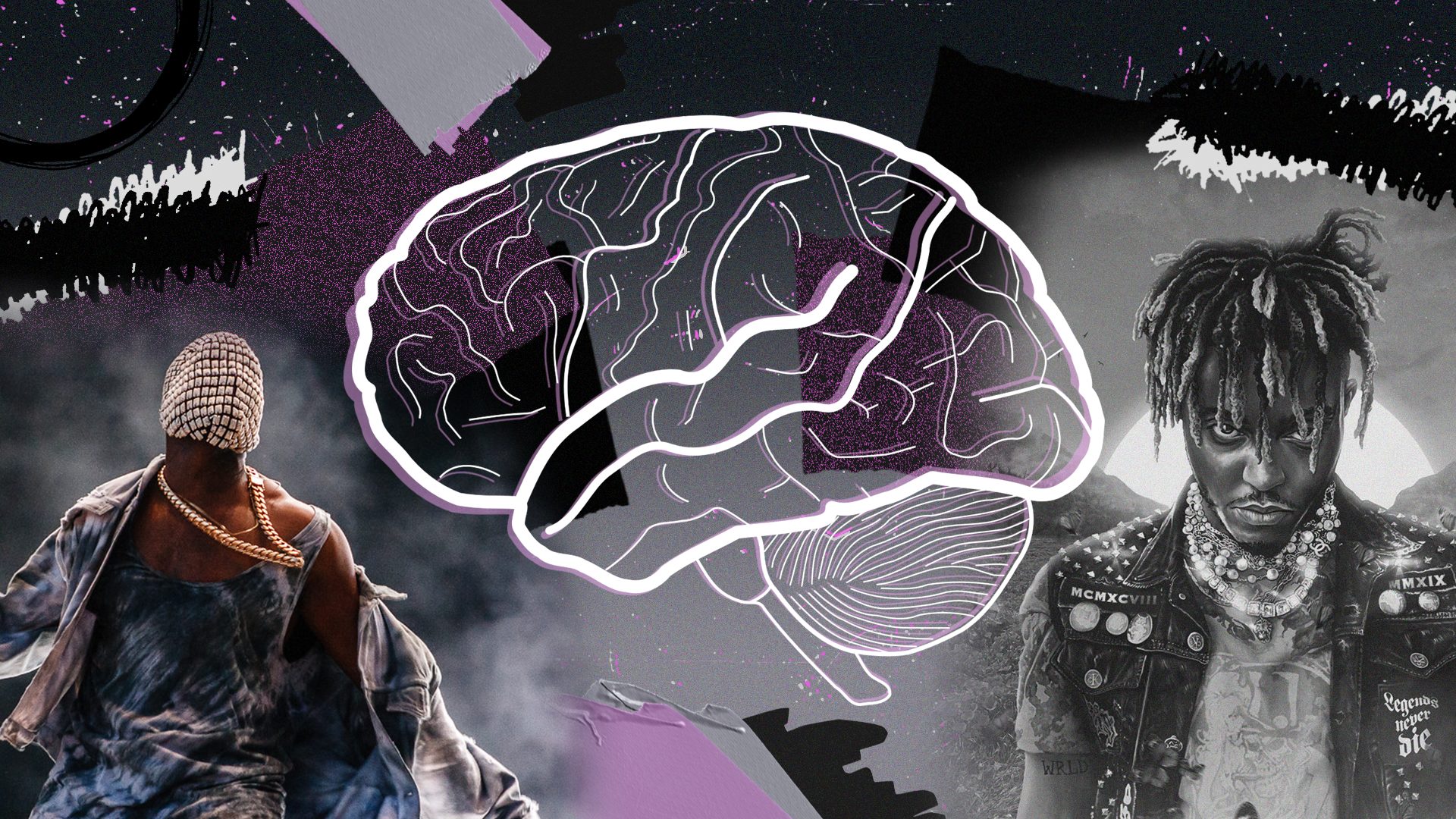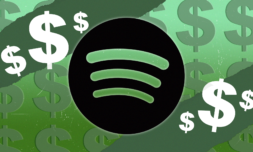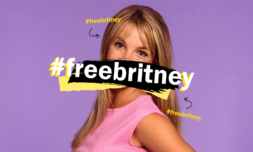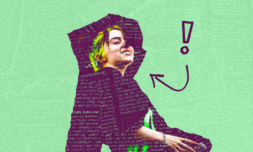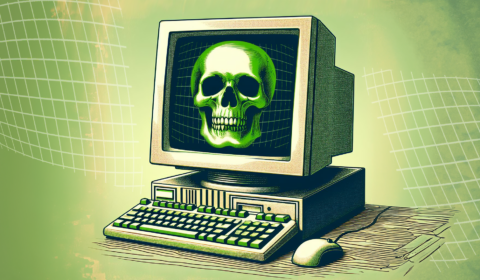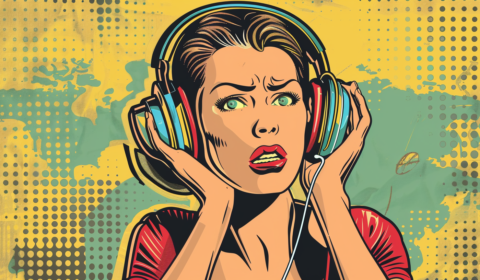When did things begin to change within the music industry?
It’s important to note that for a long while, hip-hop music was almost strictly grandiose and braggadocios in tone, at least as far as the mainstream was concerned.
The ‘bling era’ of the early noughties saw artists like 50 Cent, Diddy, and T.I. popularise the ultra-macho sentiments of nineties rap on a more commercial stage, ushering in some of the biggest club bangers of that decade. I challenge you to find anyone that won’t start bopping to 2003s ‘In Da Club’ as soon as you press play. It also has over 1 billion views on YouTube.
However, things started to change with the arrival of Kanye West’s ‘College Dropout’, a surprise hit released in 2004. This album introduced alternative aesthetics and flavours to the mainstream that were drastically different to the popular gangster rap acts of the time, such as G-Unit, DMX, and 50 Cent. The contrast between West’s nerdy, suburban storytelling and 50’s antagonistic sound came to a head in 2007 when both artists competed for sales over their new albums – and 50 Cent lost.
It seemed this was the moment that more emotive and confessional hip-hop began to dominate the industry. Kanye would later go on to release ‘808s & Heartbreak’ in 2008, a radical departure from his previous work that openly explored depression and grief. The album directly inspired many of today’s biggest acts, including The Weeknd, Travis Scott, Drake, Juice WRLD, Future, and many others.
Even acts who peaked during the noughties, such as Eminem and Jay Z, began to shift their overall tone and express genuine vulnerability later in their careers. Both ‘Recovery’ and ‘4:44’ peeled the ego back and shone a light on depression, insecurity, and weakness in ways that simply wouldn’t have resonated with audiences ten or fifteen years prior.
Who are the biggest conscious mental health artists of today?
Hip-hop’s new willingness to demonstrate an eclectic range of emotions and experiences continued to grow throughout the next decade, aligning with an overall cultural shift toward discussing mental wellbeing more openly.
Emo-trap has risen exponentially over the last five years. Acts like Juice WRLD, Lil Peep, Mac Miller, all saw huge success before their untimely deaths, and underground artists that have moulded their aesthetic into this genre continue to flourish. Pollari, brakence, Shrimp, and Koi are all worth a mention here, as well as bigger names like Powfu, Aries, Trippie Redd, and Post Malone.
All of these artists have spoken about anxiety and mental health within their music, adopting moody sounds and bleak styles that span out of those initial, ground-breaking moments in the late noughties. Today’s popular hip-hop, rap, and trap focuses on melodic choruses and booming drums, with synths and smoothed vocals that can be as therapeutic as they are outwardly pessimistic.
It’s a far cry from 50 Cent’s glory days – and speaks to a generation often fearful for the future.
Should we be concerned?
There is an argument that listening to music that ‘normalises’ suicide or anxiety causes more harm than it does good, especially to impressionable listeners. It’s easy to see why some – especially those who aren’t music fans – may think sad rap fetishizes pain rather than remedies it, but research suggests the opposite is true.
To that end, Alex Kresovich commented that the change to our popular music offers ‘huge implications for how young people perceive mental health or how they look at themselves if they’re struggling, which we know millions and millions of young people do’. Music can serve as an emotive outlet – and helps far more people than it harms.
It’s not just hip-hop that’s taken on more sensitive subject matter, either. Billie Eilish is arguably the biggest act on the planet and a large portion of her material touches on depression and anxiety. Singers like 24kGoldn, Joji, and YUNGBLUD are also using their platforms to discuss mental health and sexual fluidity.
It’s an exciting and diverse time for popular music, which has evolved well beyond the polished and artificially constructed personas of noughties pop stars. We’re living through emotionally demanding and turbulent times, so it makes sense that our biggest anthems will reflect the angsty mood of a generation living through pandemics, climate change, economic depression, and lord knows what else.
That Juice WRLD banger hits different when you can’t leave your house, after all.









